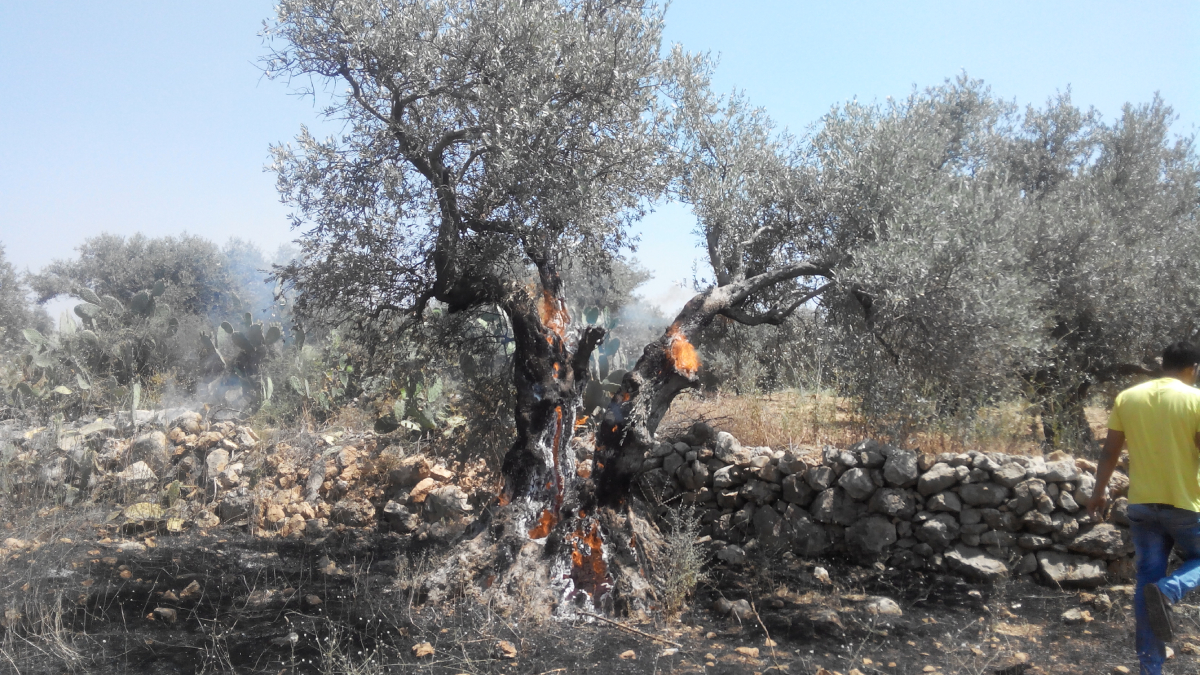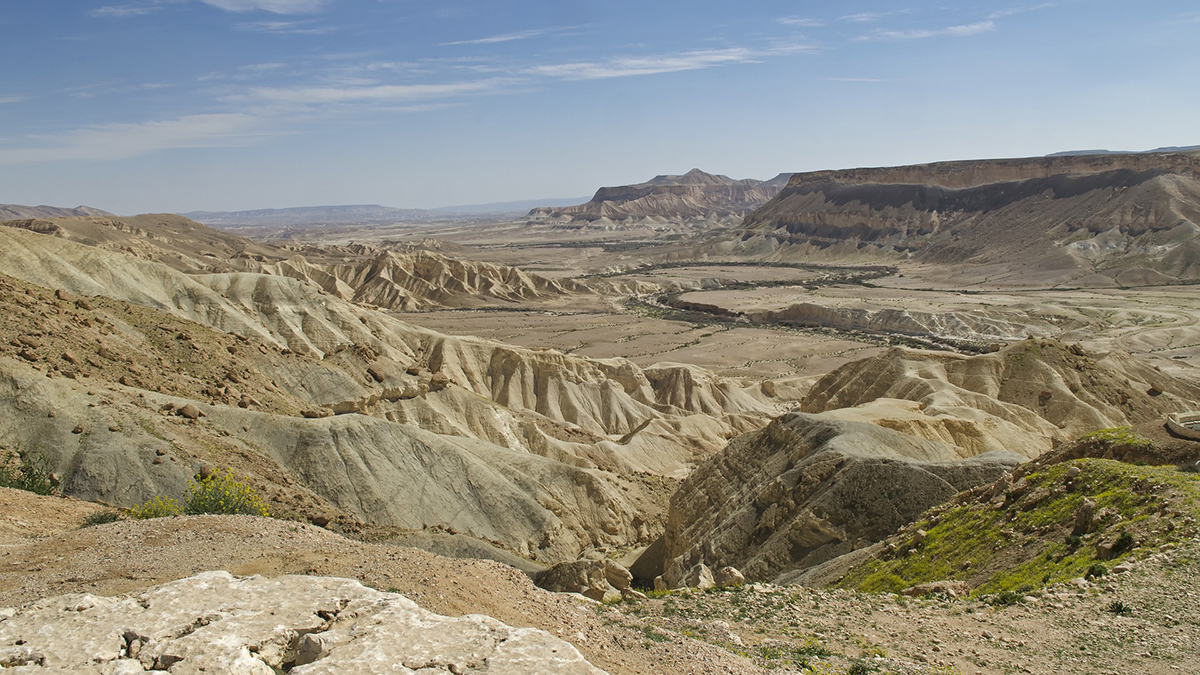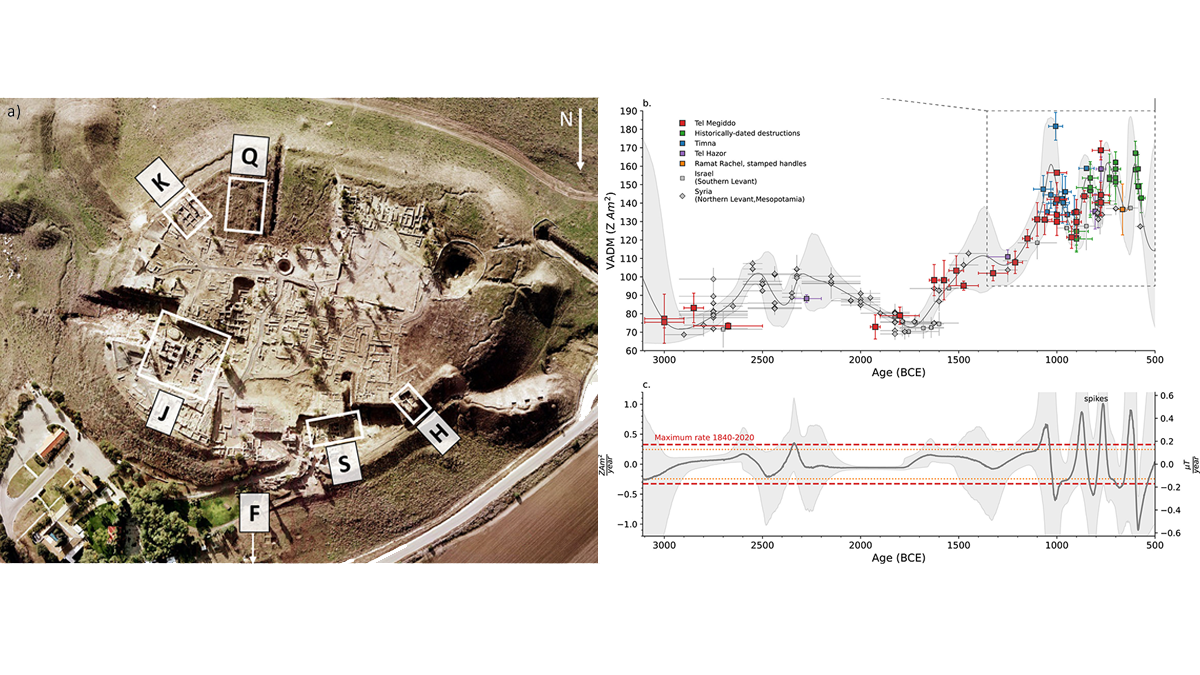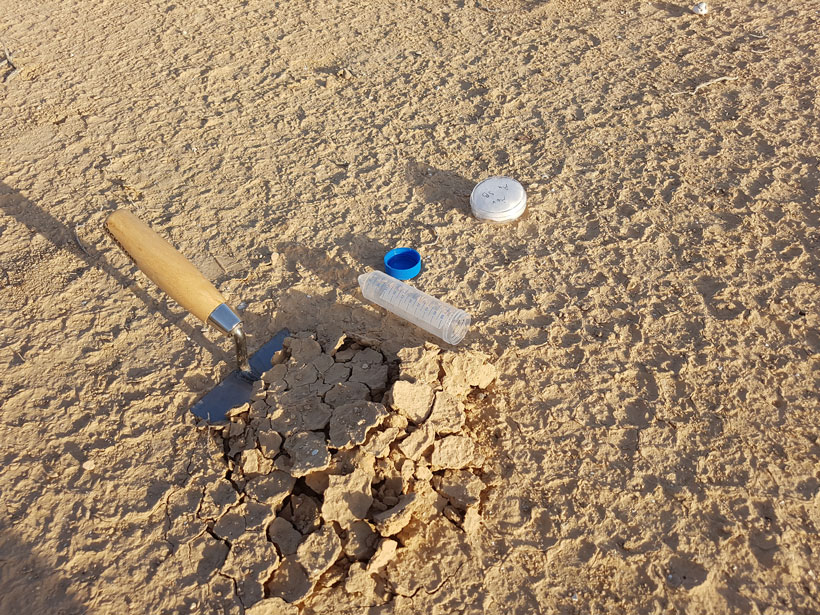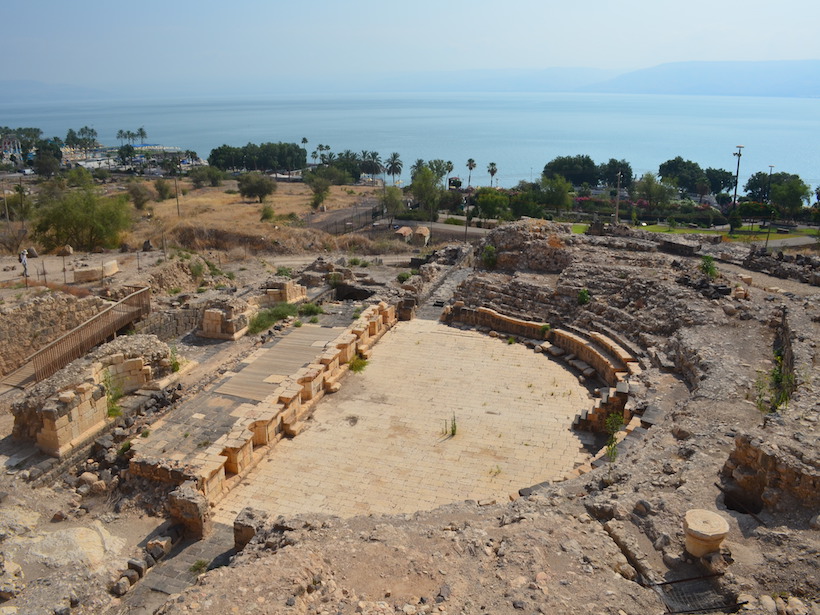Maps based on remote sensing analysis could inform remediation efforts by identifying whether agricultural lands were damaged by bombs, debris, or forced displacement of its caretakers.
Israel
Small Satellites, Big Futures
Programs that teach students to design, build, and launch tiny satellites are helping to inspire the next generation of space scientists and engineers.
Climate Shifts Drive Episodic Drainage Changes
Drainage divide migration is influenced by tectonics and climate over long periods. New research in Israel shows that even shorter-term wet-dry cycles can move divides.
Desert Landscape Evolution Controlled by Storm Intensity
A new study in the Negev Desert finds that long-term erosion of a desert escarpment occurs in drier areas where intense storms are most frequent.
Large Geomagnetic Field Changes Recorded by Archeomagnetism
A rare case of absolute paleointensity data in sub-centennial resolution from an archeological site provide much higher values than predicted by existing magnetic field models.
Bacteria Travel Thousands of Kilometers on Airborne Dust
As winds pick up dirt and sand, they also pick up any microbes adhering to those particles, potentially introducing them to new locations.
Seeing Through Turbulence to Track Oil Spills in the Ocean
After oil and tar washed up on eastern Mediterranean beaches in 2021, scientists devised a way to trace the pollution back to its sources using satellite imagery and mathematics.
Desert Life Conjures Organic Carbon from Thin Air
Without water, photosynthesis shuts down. To survive dry spells, desert microbes scavenge traces of hydrogen from the air and burn it for energy. Some even use hydrogen to fuel carbon fixation.
Earth’s Magnetic Field Holds Clues to Human History
Items burned in the sacking of ancient cities are time capsules of geomagnetic data.
Ancient Ruins Reveal 8th Century Earthquake in Sea of Galilee
Research into past seismic activity shows northeast Israel is still vulnerable to large quakes.

